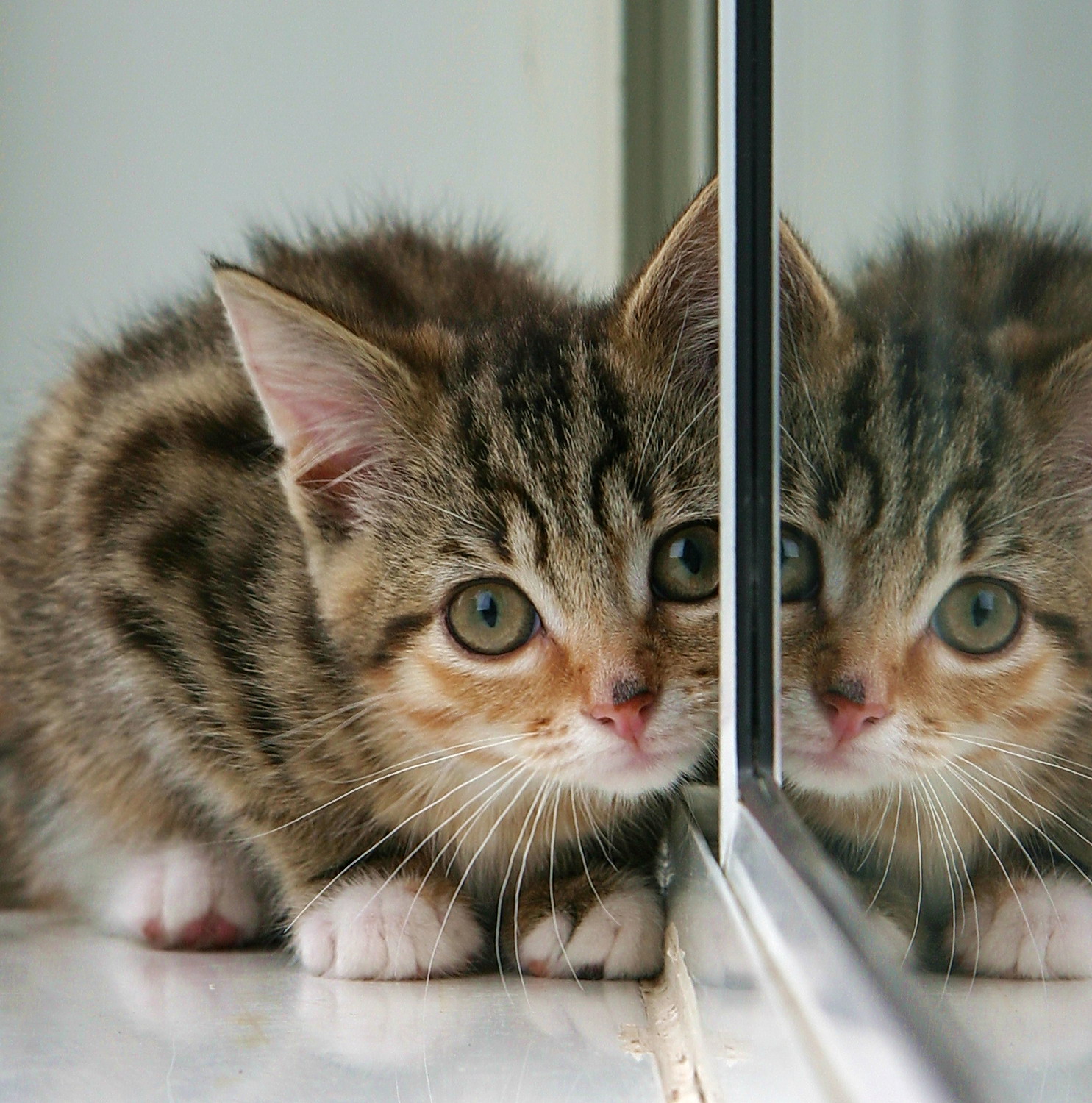 Pamela Lyon and Fred Keijzer present an interesting
extension of sense making in their 2007 article. Sense making is a term found
at the core of enactive based approaches. Broadly speaking these approaches are
a reinterpretation of the traditional psychological approaches to cognition,
with a more embodied ideal at their core. In Lyon’s and Keijzer’s article they
attempt to extend the existing sense making infrastructure to the social domain.
Pamela Lyon and Fred Keijzer present an interesting
extension of sense making in their 2007 article. Sense making is a term found
at the core of enactive based approaches. Broadly speaking these approaches are
a reinterpretation of the traditional psychological approaches to cognition,
with a more embodied ideal at their core. In Lyon’s and Keijzer’s article they
attempt to extend the existing sense making infrastructure to the social domain.
Social factors are, of course, a massive influence on all of
us. The social however is a very difficult thing to quantify and perhaps even
escape; even in our isolation we are impacted by the social through thoughts of
others and indeed even some thoughts themselves. Lyon and Keijzer put forth a
sort of spectrum. On this spectrum individual sense making falls on one end and
joint, or communal, sense making falls on the other.









